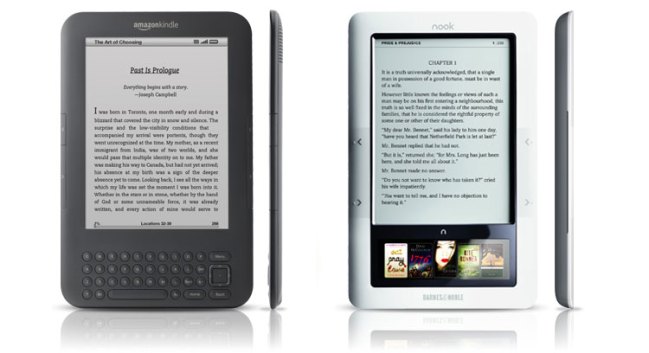
An army of tablet PCs may be hitting the market fully equipped with e-book reading software, but that won’t stop e-readers from selling. A new release by Gartner predicts that e-reader sales will continue to display huge growth in the years to come. The research company forecasts that a total of 6.6 million e-readers will be sold in 2010, up 79.8 percent from 2009 sales of 3.6 million units. And in 2011, sales should surpass 11 million units, a 68.3 percent jump from this year. Gartner also predicts that new vendors will enter the market, which is currently dominated by Amazon, Sony, and Barnes & Noble.
The future isn’t certain, however. Tablets will challenge e-readers to differentiate themselves even further and prove their strengths.
“With media tablets offering more functionality, e-reader vendors need to target avid readers who may see the value of a stand-alone device that performs particularly well,” said Allen Weiner, research vice president at Gartner. “E-reader vendors will also need to offer lower prices than for more fully featured media tablets. This will entail smaller profit margins and potential hardware subsidies at retail, and/or the ability to obtain lower-priced components. We think few end users will buy both an e-reader and a media tablet, so it is important that e-readers retain a price advantage.”
Tablets are eager to offer even better e-book service and eat into e-reader sales and hybrid devices like the Nook Color, by Barnes & Noble, are blurring the line between the two devices. The Nook Color is an e-reader, but runs on Google’s Android operating system, a favorite of smartphones and tablets. It also has a full LCD touchscreen and a small app store. We don’t yet know how this device will affect either market.
For more information on the differences between tablets and e-readers, check out our feature on how to choose an e-reader or tablet for the holidays.

